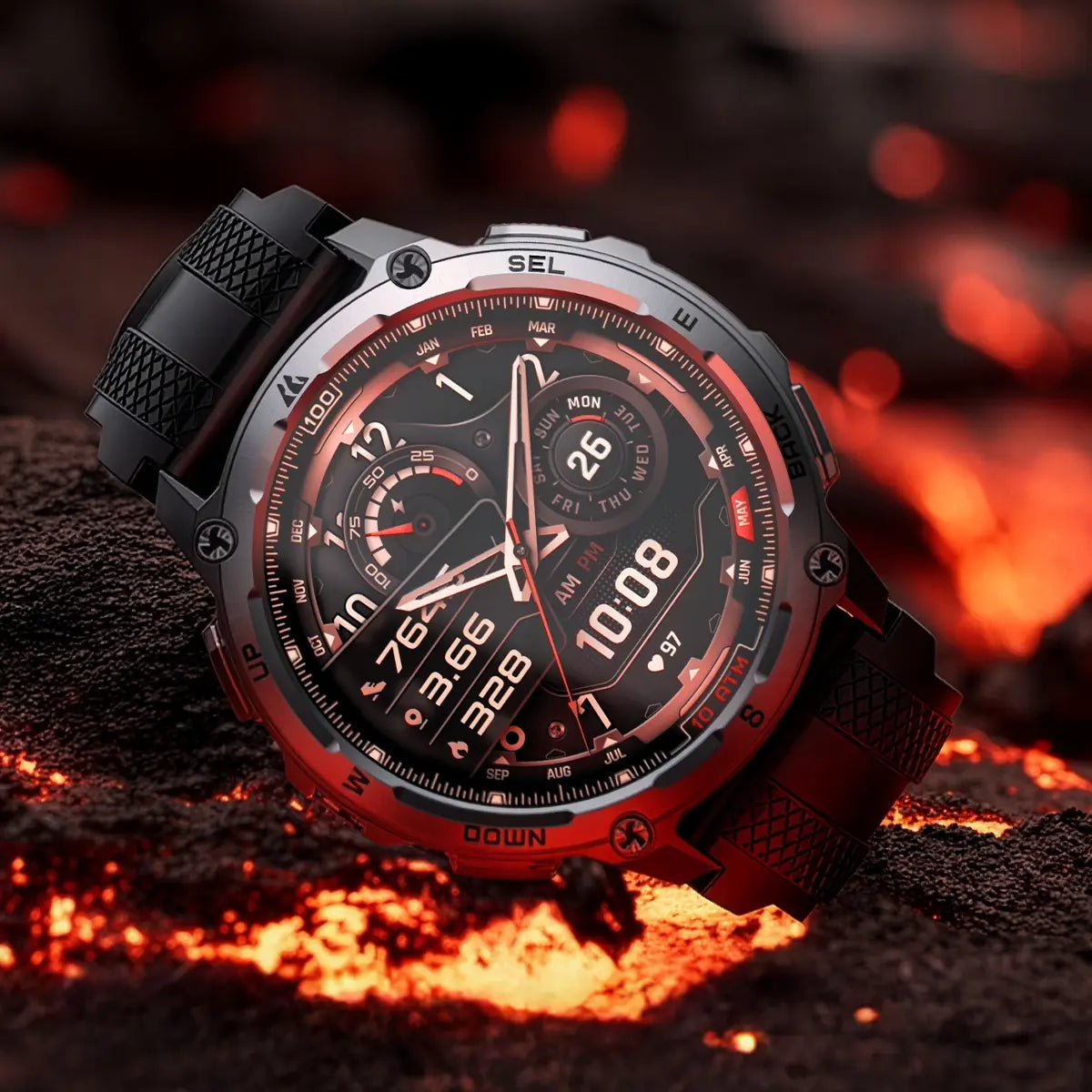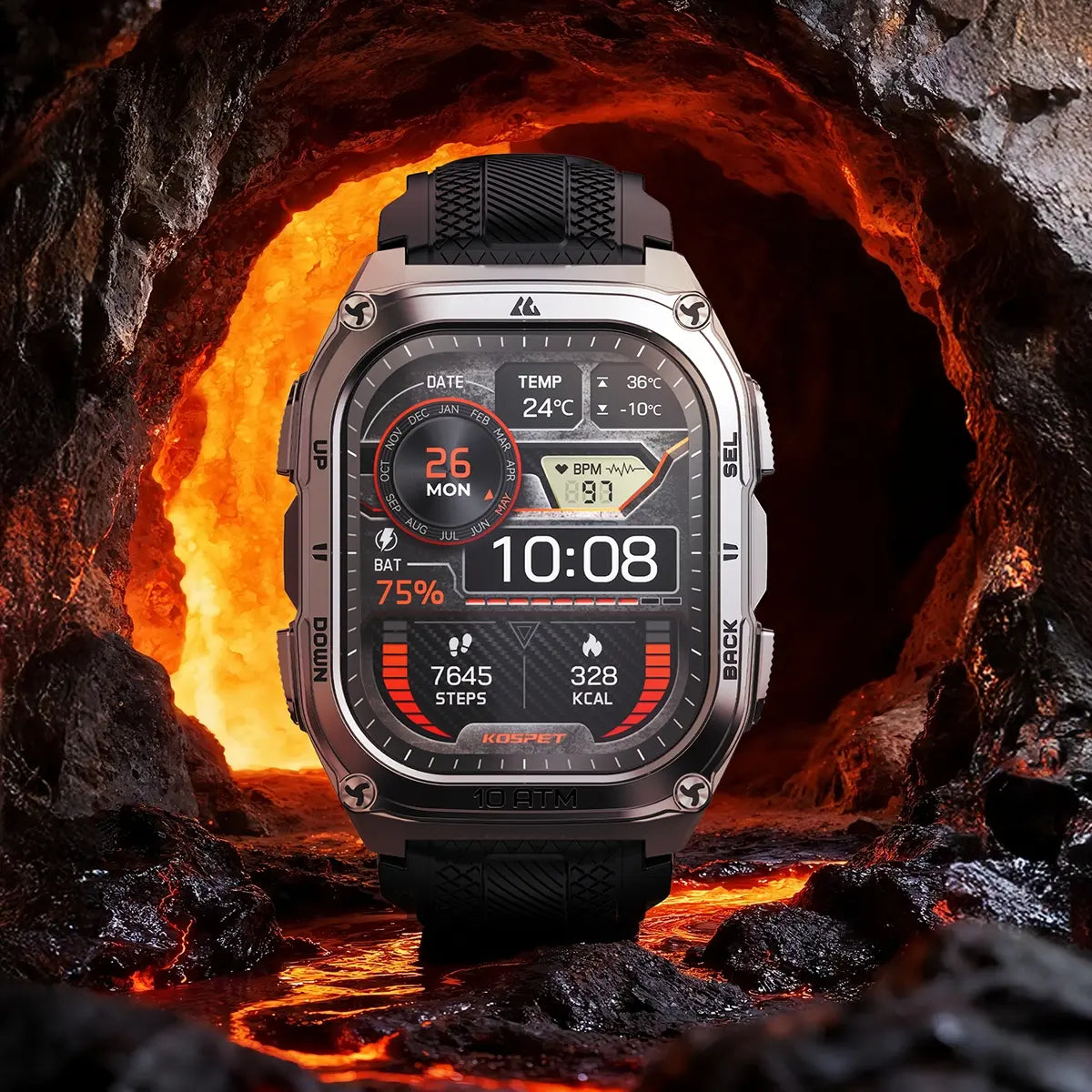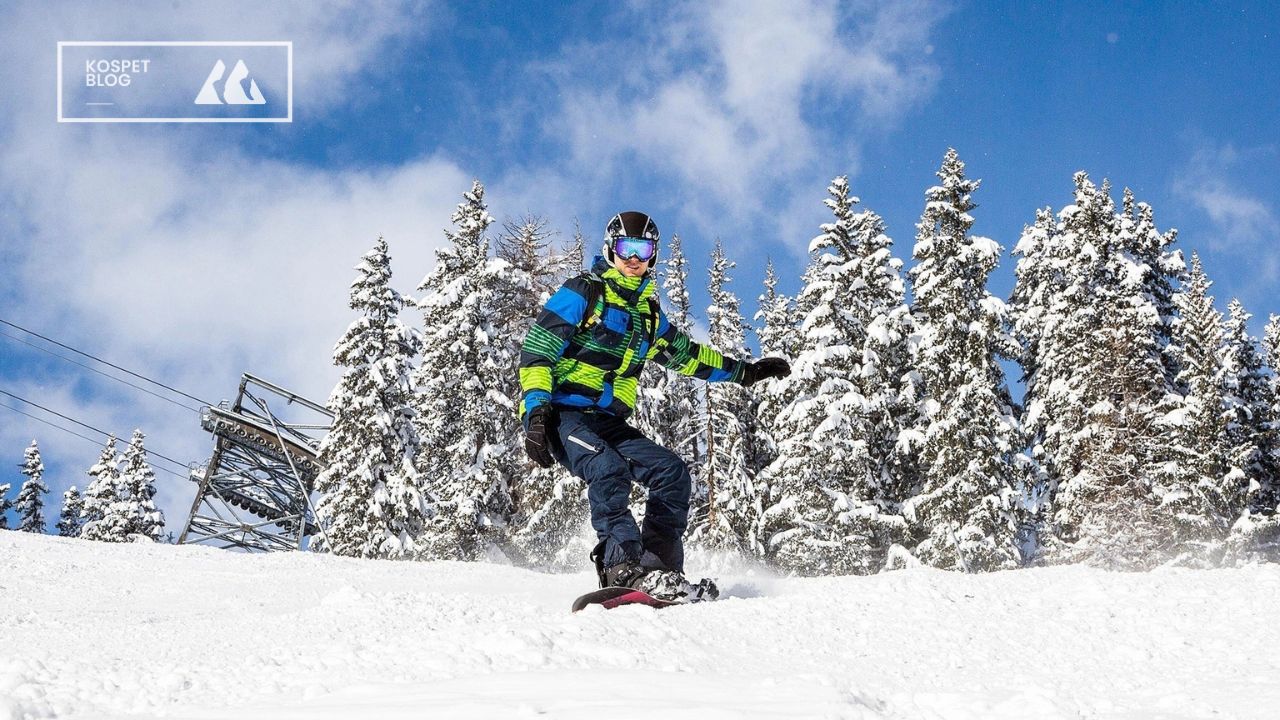The best GPS watches for hiking with offline maps combine reliable navigation, long battery life, and rugged durability. This guide highlights the top models that keep you safe and confident on every trail.
Why Offline Maps Make or Break a Hiking GPS Watch
When you step into the backcountry, a GPS watch becomes more than just a gadget—it turns into a lifeline. Phones often let hikers down: the batteries drain quickly, screens crack easily, and once you lose signal, the map disappears. With a hiking GPS watch that stores offline topo maps, you always have navigation at your wrist.
The difference is huge. Some devices only show a dotted breadcrumb line, while others display full topographic maps with contour lines, trails, and points of interest. If you’ve ever been unsure of which valley or trail to take, you’ll know how valuable real maps can be.

Essential Features That Power a Hiking GPS Watch
Before looking at specific models, let’s talk about what features actually make a GPS watch reliable for hikers.
Offline Map Support and Download Method
The best watches let you preload topo maps before you leave home. Some brands give you worldwide maps for free, while others provide basic maps at no cost but charge extra for satellite imagery or advanced trail data.
GNSS and Multi-Band Positioning
Multi-constellation and dual-frequency systems give you much better accuracy in dense forests and narrow valleys. If you’ve ever seen your position drift far off-trail, this is the technology that fixes it.
ABC Sensors
Altimeter, barometer, and compass sensors add another layer of confidence. They let you check your altitude, watch for sudden pressure drops that signal storms, and stay oriented even when GPS signals are weak.
Battery Life in GPS Mode
Look beyond “days of smartwatch use” and check how long it lasts with GPS turned on. Map rendering and screen brightness can eat through power quickly.
Durability
A good hiking watch should survive rain, dust, drops, and cold conditions. Certifications like MIL-STD-810H and water resistance ratings around 5 to 10 ATM are worth paying attention to.
Navigation Tools That Work Offline
Trackback, breadcrumb trails, and saved waypoints all help you get home safely. These are the features that matter most when you’re truly out of range.
Best GPS Watches for Hiking with Offline Maps
Finding the right hiking GPS watch isn’t about picking the one with the longest spec sheet. It’s about choosing the watch that keeps you safe and confident on the trail. Here are five models that truly stand out when offline maps and real hiking use are the priority.
Garmin Fenix 7
Garmin’s Fenix 7 series remains the most complete package. It comes with preloaded TopoActive maps and lets you download more directly via Wi-Fi. Multi-band GNSS delivers precise tracking even in canyons, and the battery stretches to about 57 hours in GPS mode with maps.
Why it’s one of the best: Garmin wins on ecosystem maturity. From polished map tools to community route sharing, it’s the go-to for hikers who want the most reliable and flexible mapping experience.
KOSPET TANK T4
KOSPET TANK T4
- Dual-band GNSS with on-body dead reckoning keeps tracking even when GPS drops in valleys or dense forests.
- 32 GB storage allows you to preload large topo maps before the hike.
- 10 ATM waterproof rating ensures reliable performance in heavy rain.
Why it’s one of the best: The T4 is for hikers who want reliable offline maps and navigation accuracy without paying flagship prices. It’s not just rugged—it’s practical for real-world trails where GPS precision matters most.
KOSPET TANK M4
KOSPET TANK T4
- Rugged design with 10 ATM and IP69K rating for protection against high-pressure water and diving depths up to 45 m.
- Dual-band GNSS with six satellite systems ensures accurate positioning in remote terrain.
- Offline walkie-talkie and downloadable maps add extra safety and navigation tools.
- Up to 21 hours of GPS battery life makes it reliable for long hikes or weekend adventures.
Why it’s one of the best: If your hikes often involve rough weather, wet terrain, or multi-day routes, the M4 gives you the confidence that it will survive the abuse while still keeping you on track. It’s the durability-first choice that still respects navigation needs.
Suunto Vertical
The Suunto Vertical is built for expeditions. It allows you to download free global offline maps, so you’re not restricted to one region. Its GPS endurance goes beyond 60 hours in full tracking mode, and the MIL-STD-810H build ensures it handles harsh conditions.
Why it’s one of the best: If you hike internationally or want a watch that can cover any region without extra cost, the Vertical is unmatched. It’s the freedom-focused choice for serious adventurers.
COROS Apex 2 Pro
The Apex 2 Pro strikes a balance between weight, endurance, and mapping. It supports offline maps with turn-by-turn navigation and lasts around 45 hours in standard GPS mode. While its mapping isn’t as polished as Garmin’s, its efficiency and durability make it stand out.
Why it’s one of the best: This is for hikers who want a watch that lasts through long weekends without charging and also serves as a reliable training partner for trail running. It’s the endurance-first choice with solid offline map capability.
Battery Life vs Map Rendering: What Many Reviews Overlook
Battery life claims often look great on paper, but real-world use tells a different story. A watch might advertise 70 hours of GPS, yet once you switch on maps, use the backlight, and check the screen often, that number usually drops by 20 to 30 percent.
Screen type also makes a big difference. AMOLED displays give you bright, colorful maps but drain the battery faster. MIP (Memory-in-Pixel) screens look more muted but stay readable in sunlight and sip power. If you’re planning multi-day treks, that difference could keep your watch alive for another day or two.
Navigation and Safety Features That Truly Work Offline
Not every feature works once you’re out of cell range. Here are the ones you can actually trust offline:
- Breadcrumb Navigation and Trackback: these let you retrace your steps safely.
- Waypoints: you can mark campsites, water sources, and trail junctions before you go.
- Storm Alerts: watches that use barometer sensors can warn you about sudden pressure drops without any connection.
- Route Recalculation: most watches can only follow routes you’ve already loaded. Few can recalculate new ones in the wild.
- Emergency Messaging: remember, SOS features almost always require pairing with a satellite communicator. Don’t assume your watch can send help on its own.
Knowing what actually works offline helps you avoid relying on features that might fail you when you need them most.

Choosing the Right GPS Watch for Your Hiking Style
The best watch depends on how and where you hike.
- Day Hikes or Weekend Trips: you’ll be fine with a lightweight watch that has basic offline maps and reliable GPS.
- Multi-Day Backpacking: look for longer battery life, dual-frequency GNSS, and detailed topo maps.
- High-Altitude and Harsh Conditions: durability is the top priority, so focus on models with rugged certifications and strong water resistance.
- Budget-Friendly Rugged Options: if you value toughness and multi-day GPS more than advanced topo maps, a watch like the KOSPET TANK M4 is a smart choice.
Think of it as a triangle: maps, battery life, and durability. Choose the watch that delivers strongest in the two areas most important to you.
Conclusion
A reliable GPS watch with offline maps is more than a convenience—it’s peace of mind on every hike. Whether you value accurate navigation, all-day battery life, or the toughness to survive harsh conditions, there is a model built for your trail.
By choosing wisely, you ensure that every step forward comes with the confidence of knowing you can always find your way back.










Leave a comment
All comments are moderated before being published.
This site is protected by hCaptcha and the hCaptcha Privacy Policy and Terms of Service apply.